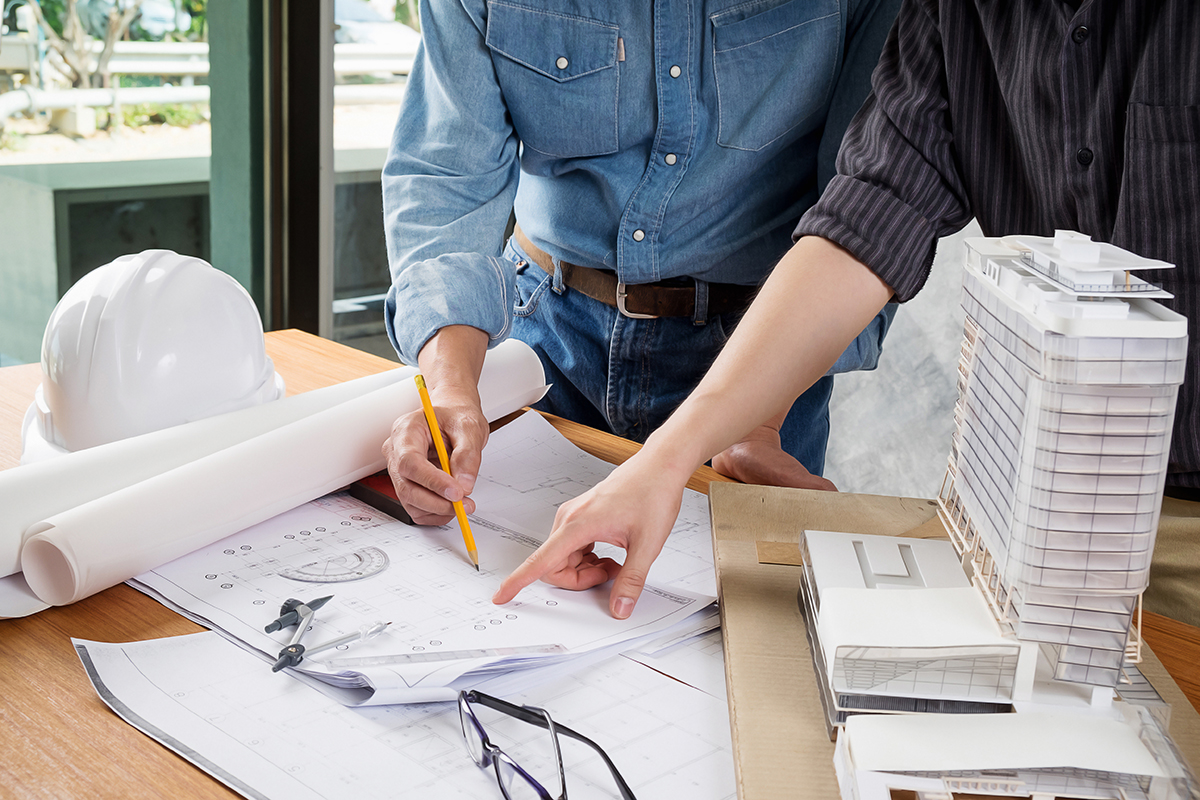Christopher Price, Technical Development Manager at Knauf Insulation, explores how architects can lead the way in reducing carbon emissions linked to housebuilding.
In association with![]()
Carbon reduction in housebuilding has been climbing the government agenda for some time, as evidenced by the recent uplifts to Approved Document L (Part L) of the Building Regulations. The updated Part L requires new homes to produce 31 per cent less operational carbon emissions – a target which is expected to shift to 75 per cent with the introduction of the Future Homes Standard in 2025.
But the pressure on housebuilders doesn’t stop there; increasingly, industry bodies are also getting behind the cause. For example, the RIBA recommends that housebuilders adopt their 2025 embodied carbon target of 800 KgCO2 e/m², ‘as a minimum’ for new builds in design today. Similarly, the UK Climate Change Committee (CCC), has called for mandatory disclosure of whole-life carbon in buildings, to begin as soon as possible.
There are immediate actions that architects can take to lower the operational carbon of the homes they design and comply with Part L. In fact, Knauf Insulation has recently published guidance to this end, through our new Housebuilders Hub. However operational carbon is only part of the equation and, as RIBA and the CCC have acknowledged, meaningful change will only occur when we consider embodied carbon as well.
Understanding embodied carbon
While operational carbon refers to the emissions generated during the in-use phase of a building’s lifecycle, embodied carbon is the total greenhouse gas emissions released in producing the building (the embodied carbon of the products used in the building and generated during its construction). And there are a lot of factors which can ultimately determine a product’s embodied carbon.
Take our Glass Mineral Wool insulation, as an example. We use recycled glass cullet in its production, which comes from recycled bottles and jars that are collected locally. This reduces our need for virgin raw materials, as well as the energy needed for the melting process. Furthermore, the proximity of the glass cullet processing facility (next door to our plant) saves 375,000 road miles each year.
Our Glass Mineral Wool products are also manufactured with ECOSE Technology, Knauf Insulation’s unique bio-based binder that contains no added formaldehyde or phenol. It is made from natural raw materials that are rapidly renewable and is 70 per cent less energy-intensive to manufacture than traditional binder, so it is more environmentally friendly.
When the product is ready for use, it can be compressed for transportation, before expanding to its original size in-situ. This further reduces our road miles, by allowing for more product per pack and more packs per lorry. Thanks to all these factors, our Glass Mineral Wool is amongst the lowest of all mainstream insulants, when it comes to embodied carbon.
The latest and future changes to Part L will have an impact on the operational carbon of new homes and as this happens, embodied carbon will make up a larger proportion of buildings’ overall emissions. Although UK regulations to address embodied carbon are on the horizon, they’re not here yet. Right now, the burden of responsibility lies with architects and their clients to identify and use low-carbon products in their specification.
So how can we support this?
Increasing transparency
Successfully incorporating low embodied carbon products at the design stage, requires full transparency across the manufacturing industry. It’s only reasonable to expect architects to make appropriate specifications, when they know the potential environmental impact of a given product or material. Fortunately, as awareness of embodied carbon grows within the industry, manufacturers are increasingly publishing Environmental Product Declarations (EPDs). These documents detail the make-up and environmental impact of individual products, simplifying the process and empowering architects to make informed choices. EPDs for Knauf Insulation products can be found on our website.
Of course, embodied carbon is just one factor to consider when designing a home, and ‘getting it right’ shouldn’t come at the expense of other priorities. When it comes to insulation for example, it’s important to continue working with products which also achieve the necessary thermal and operational carbon (energy) performance.
Factors like fire safety, acoustics and comfort must also be considered, for their impact on the safety, health and wellbeing of the building’s occupants. Unlike some other mainstream insulants, Glass Mineral Wool provides complete performance across these key areas, while also reducing embodied carbon emissions.
Today it’s about taking steps to reduce our emissions throughout the industry. By considering embodied carbon from the design stage and openly sharing product information, we can help each other to create more sustainable buildings and prepare for the regulations of tomorrow.
Contact Details
For more information, please visit the Knauf Insulation Housebuilders Hub, and the Knauf Insulation website.

















